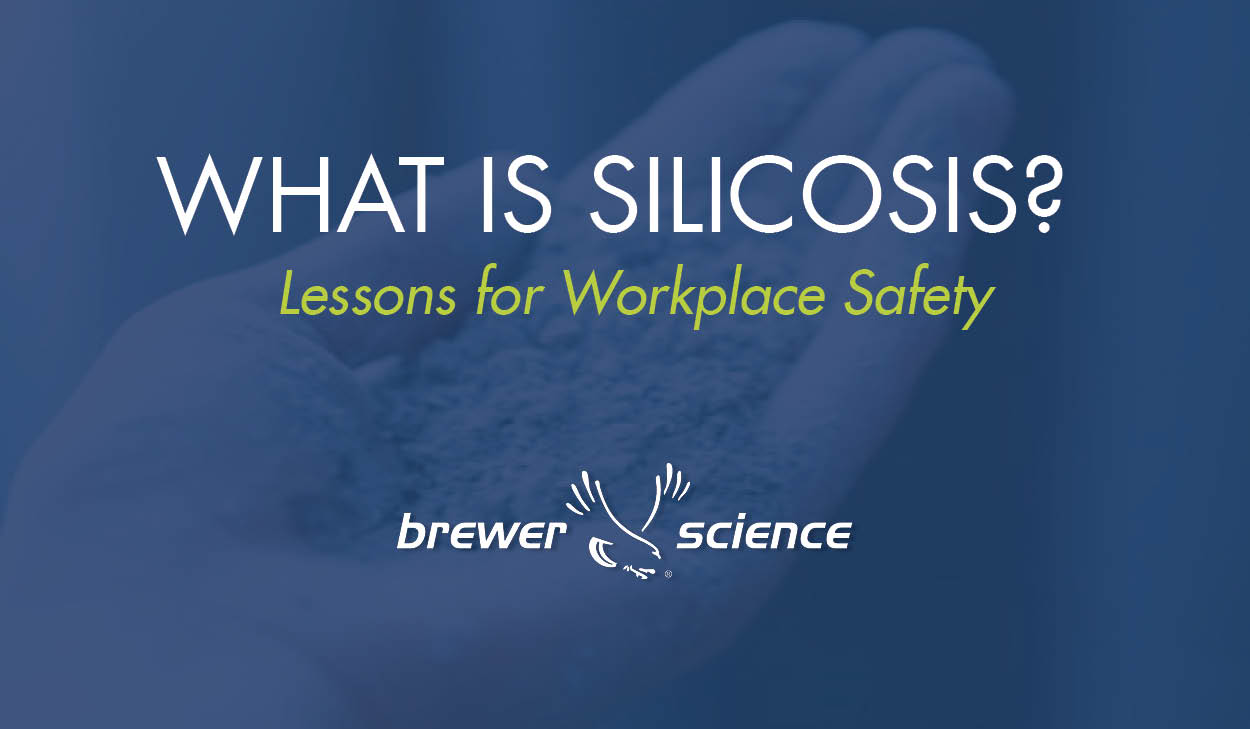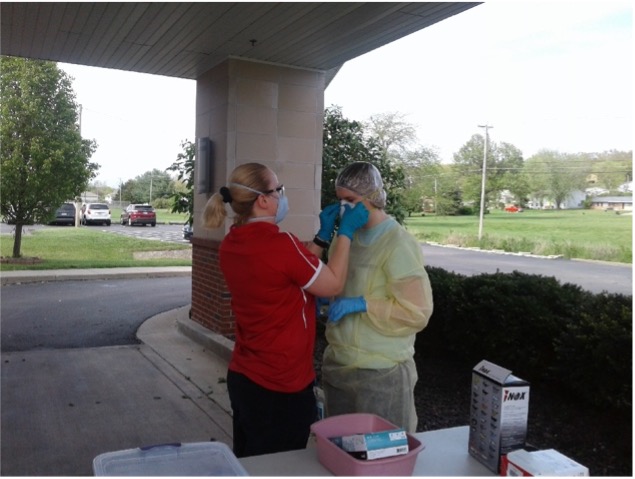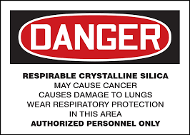Join McKenzie Turner, Safety Intern at Brewer Science, as she recounts significant historical moments that led to the safety rules and regulations we have in place in today’s workplaces.

Employees who work with sand, rock, mineral ores, or glass and inhale the dust are at danger of developing silicosis. It is important for companies to provide employees with the proper education and protective equipment to prevent the inhalation of silica that can build up in lungs and throat, resulting in silicosis, a fatal lung disease.
What is silicosis?
Silicosis is a lung disease caused by the inhalation of dust particles containing silica. If you work in settings where there is construction, mining, oil extraction, stone counter fabrication, and other manufacturing settings, you will have exposure to this chemical. Therefore, it’s important to understand the symptoms of the disease and the appropriate methods to prevent it. 
What are the symptoms of silicosis?
The symptoms of silicosis are often misdiagnosed as other respiratory problems, therefore it is important for you, and your doctor, to understand the type of work environment you are in to see if you are susceptible to silicosis.
Early symptoms include a nagging cough, phlegm, and trouble breathing.
Prolonged exposure to silica will develop more severe symptoms such as fatigue, weight loss, chest pain, fever, shortness of breath, swollen legs, and blue lips. If left untreated with continued exposure, it can lead to lung cancer or other serious diseases. 
How is silicosis diagnosed?
Silica creates an irritation when the dust settles deep into the breathing passages. It creates scarring on lung tissue, which makes it hard to breathe. The larger the particle, the less concern it is to your health because it doesn’t make it as far into your lung and breathing passages. Smaller particles can be inhaled deep into your lungs and cause major damage. The only way to diagnose this disease is to get a chest x-ray, bronchoscopy, biopsy, or a sputum test.
How is Silicosis treated?
There is no known cure for silicosis. However, there are medications and oxygen therapy that help alleviate some of the symptoms associated with silicosis. Extreme cases of the disease may require the option of lung transplant surgery. Therefore, prevention is key to keeping you, and your employees, safe from silicosis. 
How do you protect employees and prevent silicosis?
The best way to prevent silicosis is to limit the time you are exposed to the silica dust and to wear respiratory protection when in a work environment where silica dust is present.
Wearing a respirator that prevents dust irritants from entering your air way is a common practice at Brewer Science. OSHA requires us to fit test, train, and provide our employees with correct respirators that are necessary to protect the employee for the purpose intended.
Brewer Science believes that protecting our environment and safety of our employees, conserving resources are essential to running a successful and mindful business. Brewer Science recently achieved the ISO 45001:2018 Occupational Health and Safety, world’s most widely recognized occupational health and safety management standard. Learn more about Brewer Science’s workplace environmental safety.
Learn more about internships and other career opportunities at Brewer Science.
